Defense Secretary Ash Carter used a personal email account, and The New York Times has 72 emails

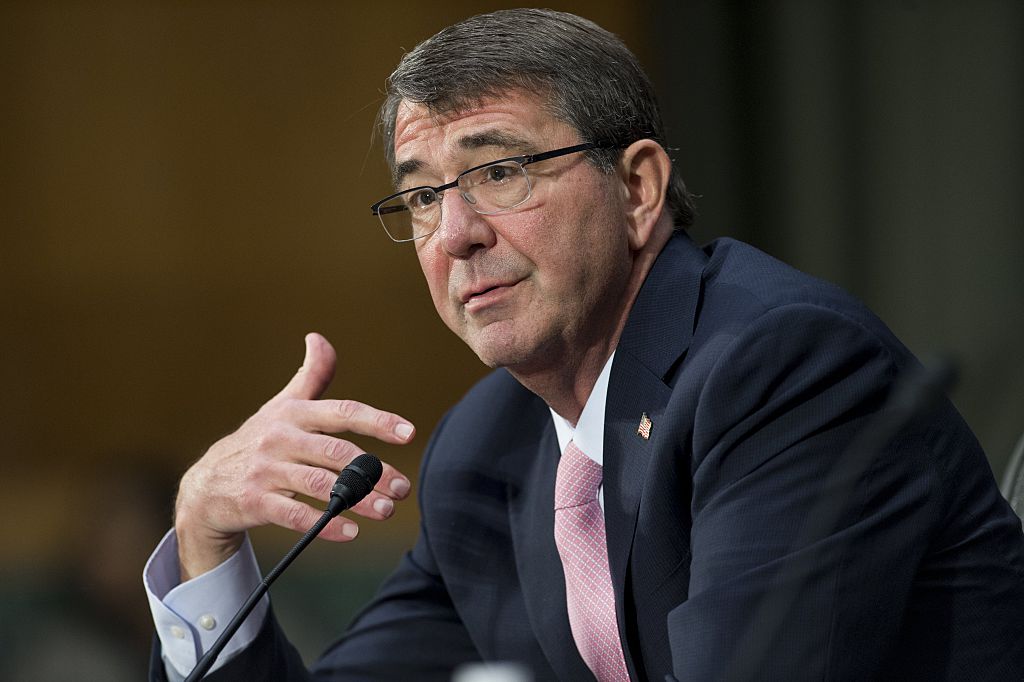
Late Wednesday, The New York Times reported that U.S. Defense Secretary Ashton Carter had used a personal email account for official business for months after he took his place in President Obama's cabinet, including for at least two months after Hillary Clinton's use of a private email server as secretary of state came to light. The Times cited Pentagon and White House officials, but the newspaper also said it had used a Freedom of Information Act request to obtain 72 emails between Carter and his chief of staff, Eric Fanning, who is now acting Army secretary.
Carter spokesman Peter Cook said that the defense secretary "believes that his previous, occasional use of personal email for work-related business, even for routine administrative issues and backed up to his official account, was a mistake." Carter "does not use his personal email or official email for classified material," Cook added, "does not directly email anyone within the department or the U.S. government except a very small group of senior advisers, usually his chief of staff," and has "stopped such use of his personal email and further limited his use of email altogether."
It seems likely that Carter violated a 2012 Defense Department ban on relying on personal email to conduct government business, The New York Times says, and he might have broken an executive order Obama signed last year, though a spokesman says Carter complied with the order by forwarding all work emails to his official account, to be stored on government servers. The Times says the 72 emails it has show "Carter and his aides discussing a variety of matters, including legislation, television appearances, and how to pay for a hotel bill."
The Week
Escape your echo chamber. Get the facts behind the news, plus analysis from multiple perspectives.

Sign up for The Week's Free Newsletters
From our morning news briefing to a weekly Good News Newsletter, get the best of The Week delivered directly to your inbox.
From our morning news briefing to a weekly Good News Newsletter, get the best of The Week delivered directly to your inbox.
A free daily email with the biggest news stories of the day – and the best features from TheWeek.com
Peter has worked as a news and culture writer and editor at The Week since the site's launch in 2008. He covers politics, world affairs, religion and cultural currents. His journalism career began as a copy editor at a financial newswire and has included editorial positions at The New York Times Magazine, Facts on File, and Oregon State University.
-
 ‘Let 2026 be a year of reckoning’
‘Let 2026 be a year of reckoning’Instant Opinion Opinion, comment and editorials of the day
-
 Why is Iran facing its biggest protests in years?
Why is Iran facing its biggest protests in years?TODAY’S BIG QUESTION Iranians are taking to the streets as a growing movement of civic unrest threatens a fragile stability
-
 How prediction markets have spread to politics
How prediction markets have spread to politicsThe explainer Everything’s a gamble
-
 A peek inside Europe’s luxury new sleeper bus
A peek inside Europe’s luxury new sleeper busThe Week Recommends Overnight service with stops across Switzerland and the Netherlands promises a comfortable no-fly adventure
-
 Son arrested over killing of Rob and Michele Reiner
Son arrested over killing of Rob and Michele ReinerSpeed Read Nick, the 32-year-old son of Hollywood director Rob Reiner, has been booked for the murder of his parents
-
 Rob Reiner, wife dead in ‘apparent homicide’
Rob Reiner, wife dead in ‘apparent homicide’speed read The Reiners, found in their Los Angeles home, ‘had injuries consistent with being stabbed’
-
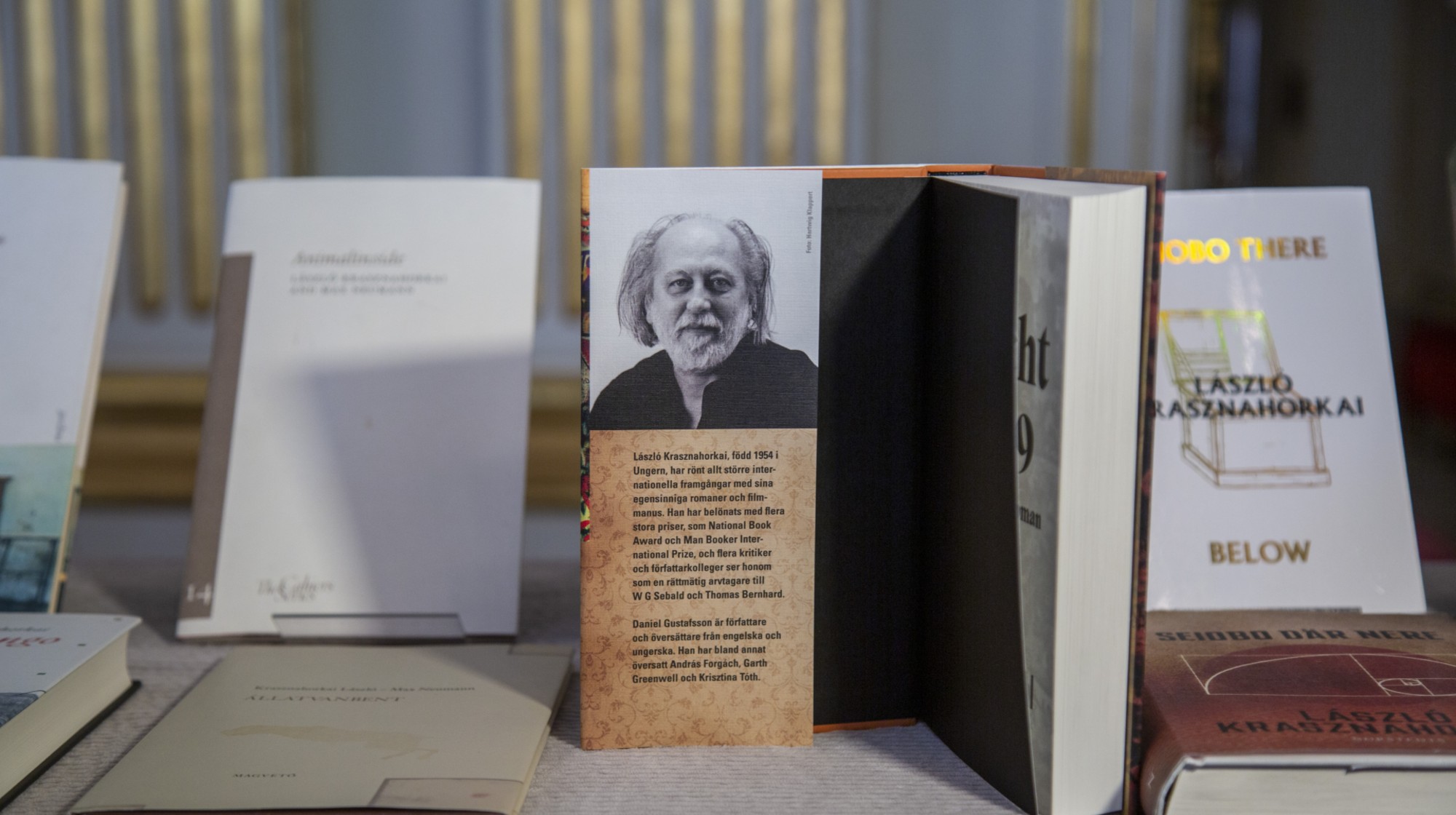 Hungary’s Krasznahorkai wins Nobel for literature
Hungary’s Krasznahorkai wins Nobel for literatureSpeed Read László Krasznahorkai is the author of acclaimed novels like ‘The Melancholy of Resistance’ and ‘Satantango’
-
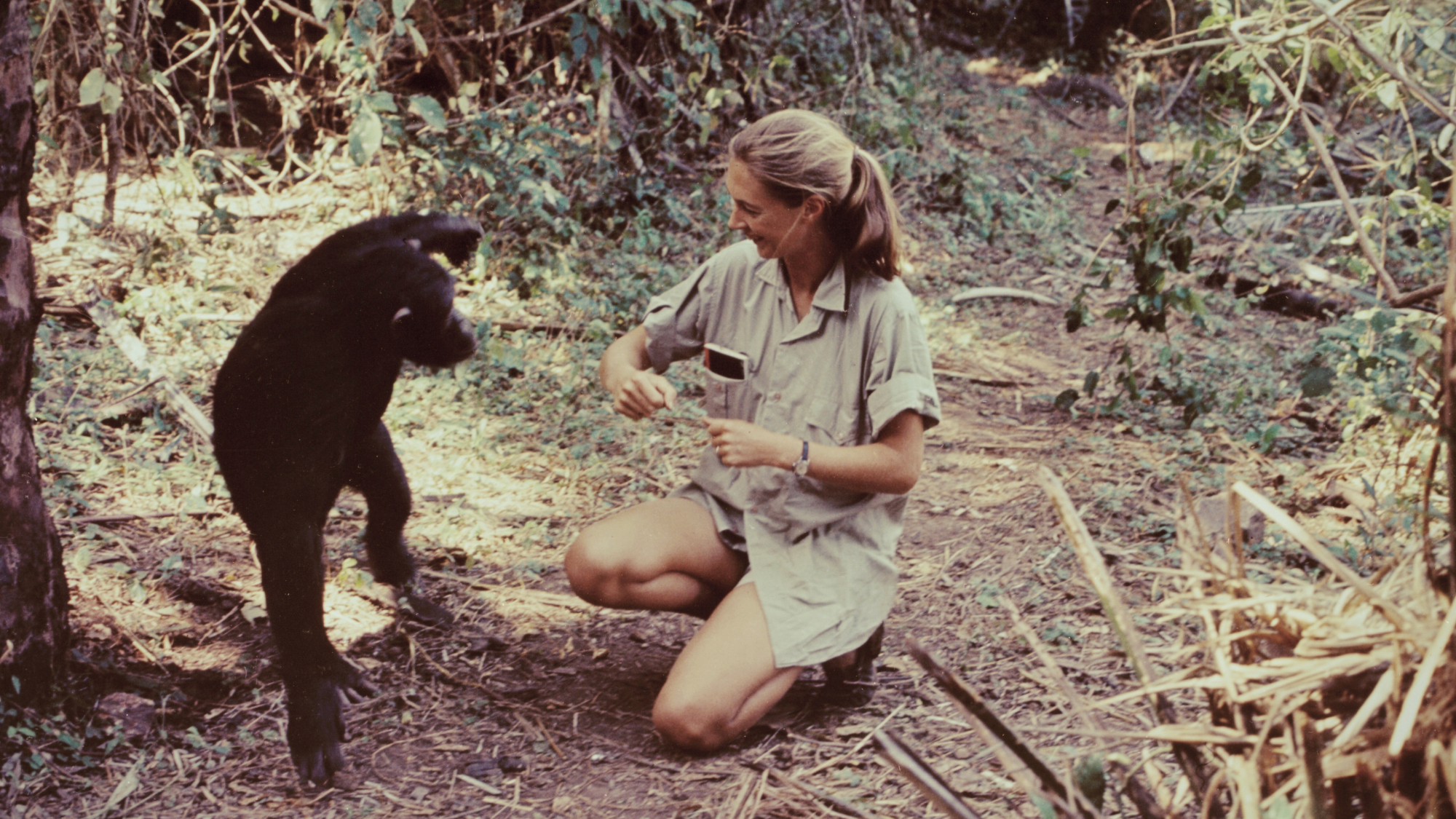 Primatologist Jane Goodall dies at 91
Primatologist Jane Goodall dies at 91Speed Read She rose to fame following her groundbreaking field research with chimpanzees
-
 Florida erases rainbow crosswalk at Pulse nightclub
Florida erases rainbow crosswalk at Pulse nightclubSpeed Read The colorful crosswalk was outside the former LGBTQ nightclub where 49 people were killed in a 2016 shooting
-
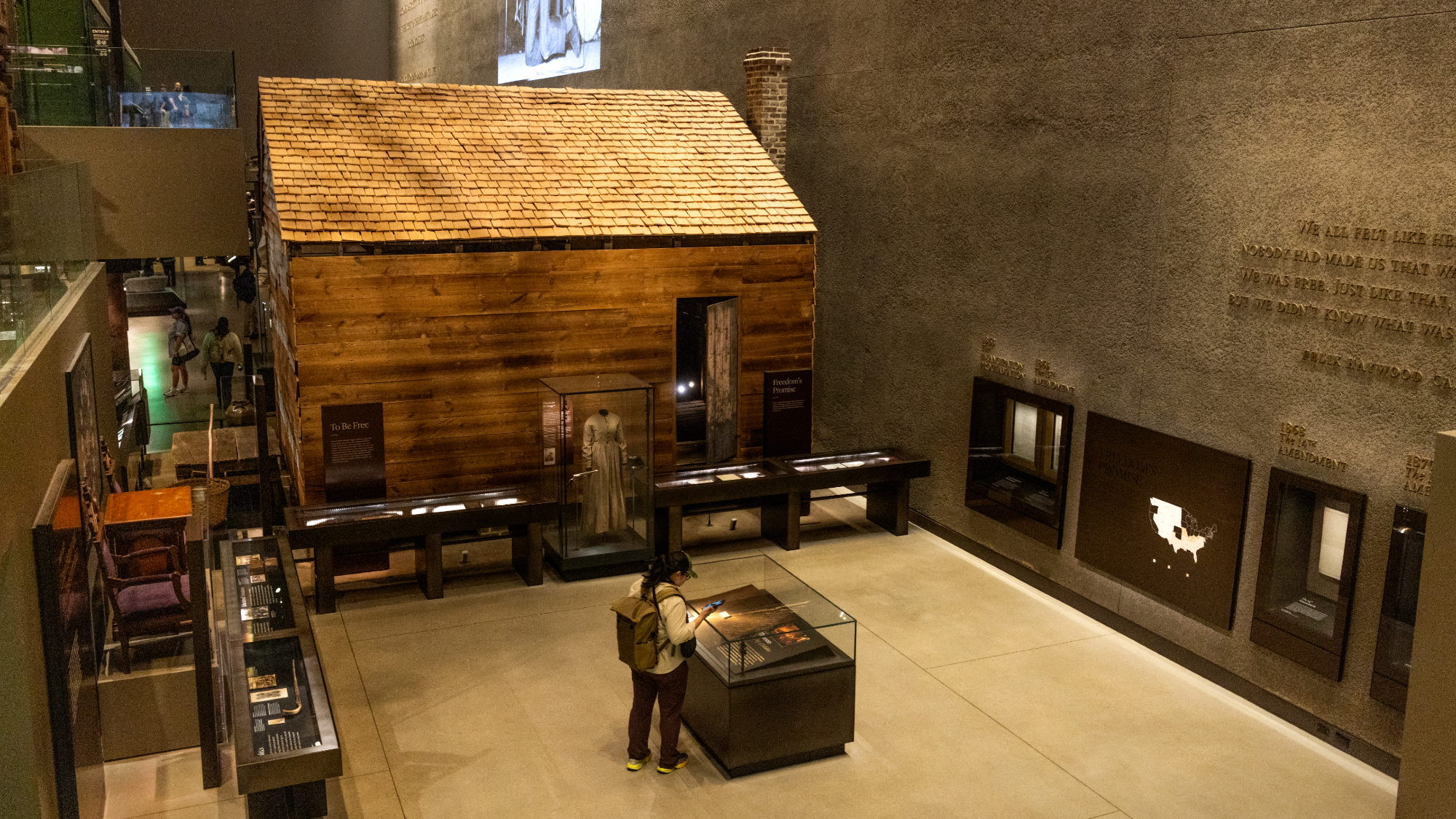 Trump says Smithsonian too focused on slavery's ills
Trump says Smithsonian too focused on slavery's illsSpeed Read The president would prefer the museum to highlight 'success,' 'brightness' and 'the future'
-
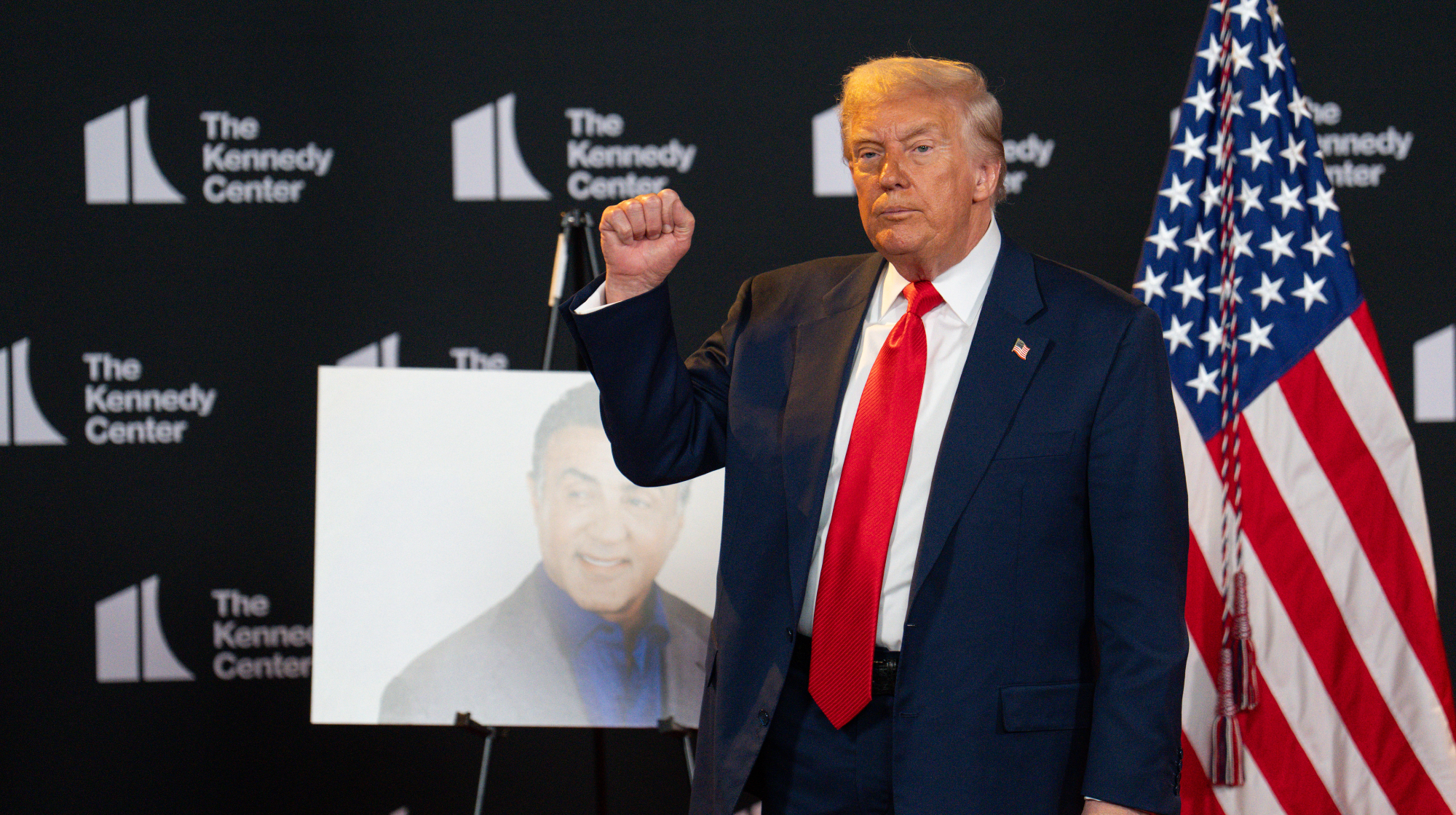 Trump to host Kennedy Honors for Kiss, Stallone
Trump to host Kennedy Honors for Kiss, StalloneSpeed Read Actor Sylvester Stallone and the glam-rock band Kiss were among those named as this year's inductees
